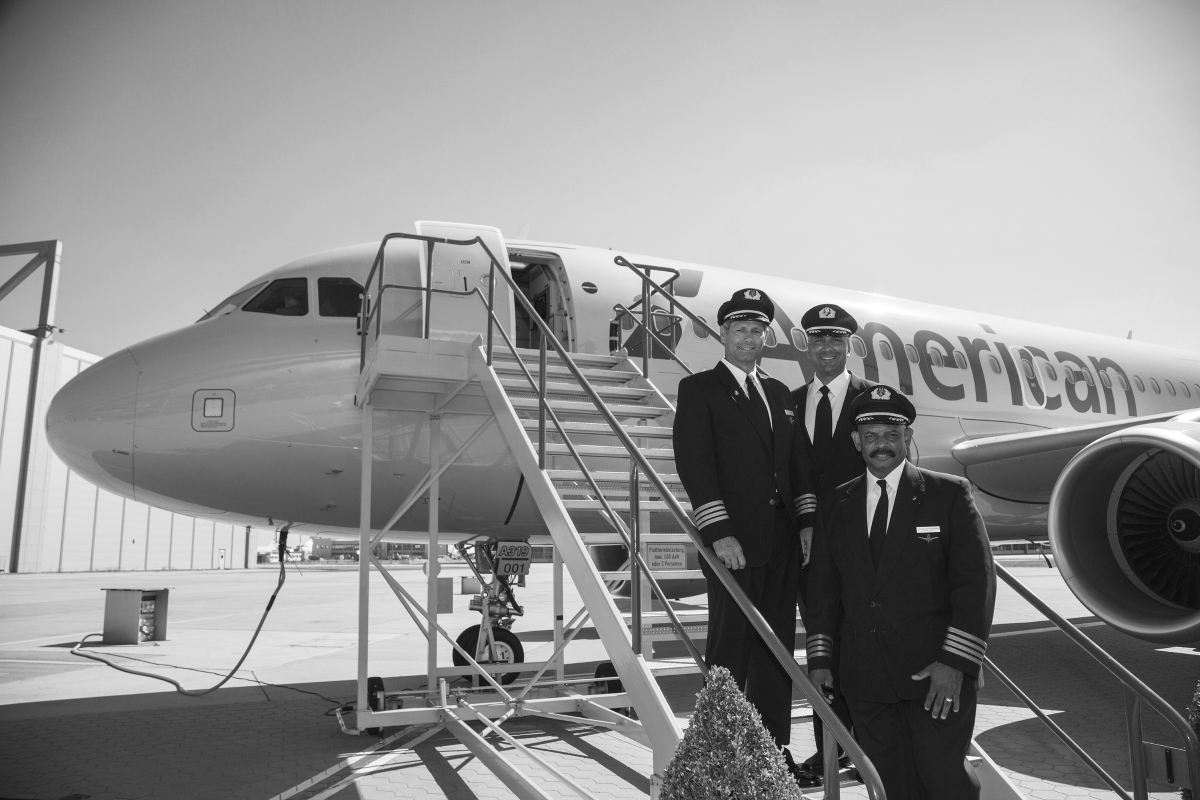American Airlines today announced its financial-performance numbers for the fourth quarter and the full year.
For the quarter, the airline posted net income of $3.3 billion, including a one-time tax credit. Even without that extraordinary gain, American’s $1.3 billion net profit for the quarter was a record for the company.
For the full 12 months, American racked up $7.6 billion in net profit, and $6.3 billion excluding extraordinary gains.
That’s not just a record for American. Or for a U.S. carrier. Or for the 2015 fiscal year. It is the record: the highest profit ever generated, by any airline, ever.
So, how did American do it?
The airline’s earnings release quotes CEO Doug Parker as follows: “We are extremely pleased to report record quarterly and full year earnings. The credit for these results goes to our outstanding team members, who have provided excellent customer service.”
Does anyone believe that American’s excellent financial performance is a function of its excellent customer service? I don’t, nor does any credible industry-watcher I’m aware of. American is hardly known as an industry leader in customer service. And even if it were, it wouldn’t account for the airline’s eye-popping profitability.
So, what’s the real story here? And what does it mean for travel consumers?
RELATED: Air Passenger Study: Flyers Happy to Pay for Upgrades. Really?
In large part, American’s robust results stem from three factors.
First, and most obvious, is the plunging price of jet fuel. The airline’s 2015 results reflect a fuel savings of more than $1 billion over the previous year. That goes straight to the bottom line.
The second and third factors are related: American’s sheer size and consolidation in the airline industry.
Following its merger with US Airways, American became the world’s largest airline, in operational terms. Common sense suggests that bigger operations should generate higher top-line revenue, which should result in larger bottom-line profits. That’s exactly how it’s played out in American’s case.
That helps explain American’s superior returns against its competitors in 2015. But those returns weren’t just the highest for 2015; they were the highest ever. That reflects the pricing power the airlines currently enjoy as a result of diminished competition. US Airways is gone. AirTran is gone. Northwest is gone. Continental is gone. TWA, Pan Am, PSA, Piedmont. The list goes on. Today, the Big Four—American, Delta, Southwest, United—control around 85 percent of the U.S. domestic market.
While airfares have eased slightly as fuel costs have declined, the airlines (and not just American) have been able to mostly maintain fare levels due to the lack of price competition. That’s the consolidation effect.
Good News, Bad News
As a microcosm of the airline industry, American and its financial success provide some lessons for flyers.
While the cost of jet fuel will rise and fall over time, the next significant move is likely to be an increase. The conventional wisdom is that prices have bottomed out, and have nowhere to go from here but up. That’s bad news for airfares, as cost increases are inevitably passed onto consumers (even though cost savings aren’t).
As for the current state of consolidation in the airline industry, it’s much more likely to get worse, from a competition standpoint, than it is to get better. Spirit and Frontier will probably be the next to merge. And at some point, Alaska Airlines will almost certainly be a takeover target. That means even less competition, and even less pressure to keep prices low.
American’s performance is great news for the company’s shareholders. For the traveling public, not so much.
Reader Reality Check
Where do you think airfares are headed for 2016?
After 20 years working in the travel industry, and almost that long writing about it, Tim Winship knows a thing or two about travel. Follow him on Twitter @twinship.
This article first appeared on SmarterTravel.com, where Tim Winship is Editor-at-Large.


Leave a Reply